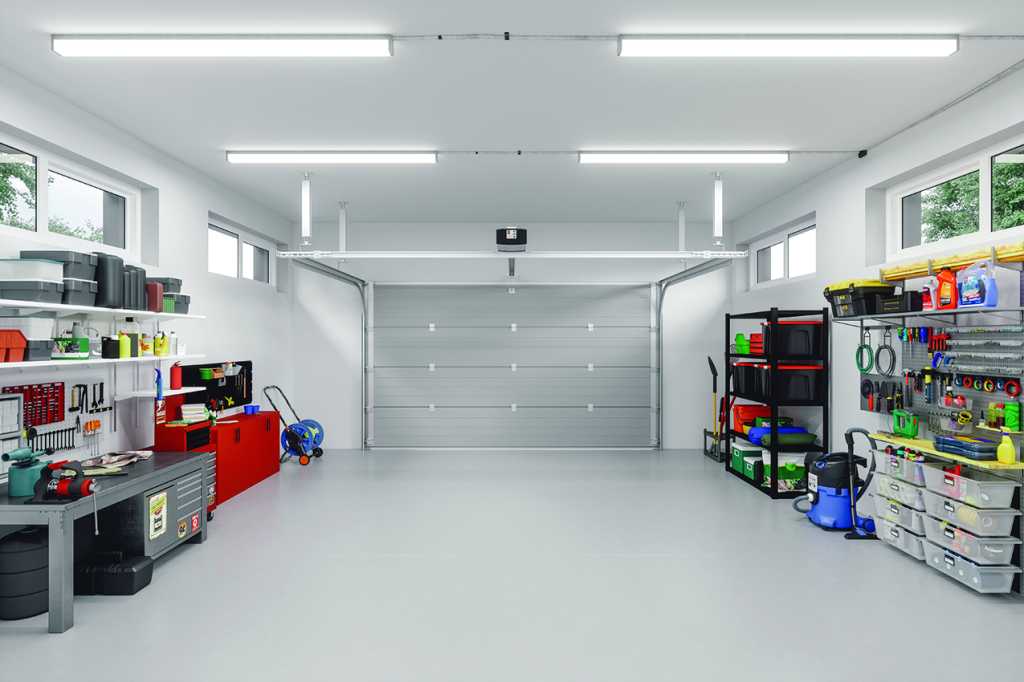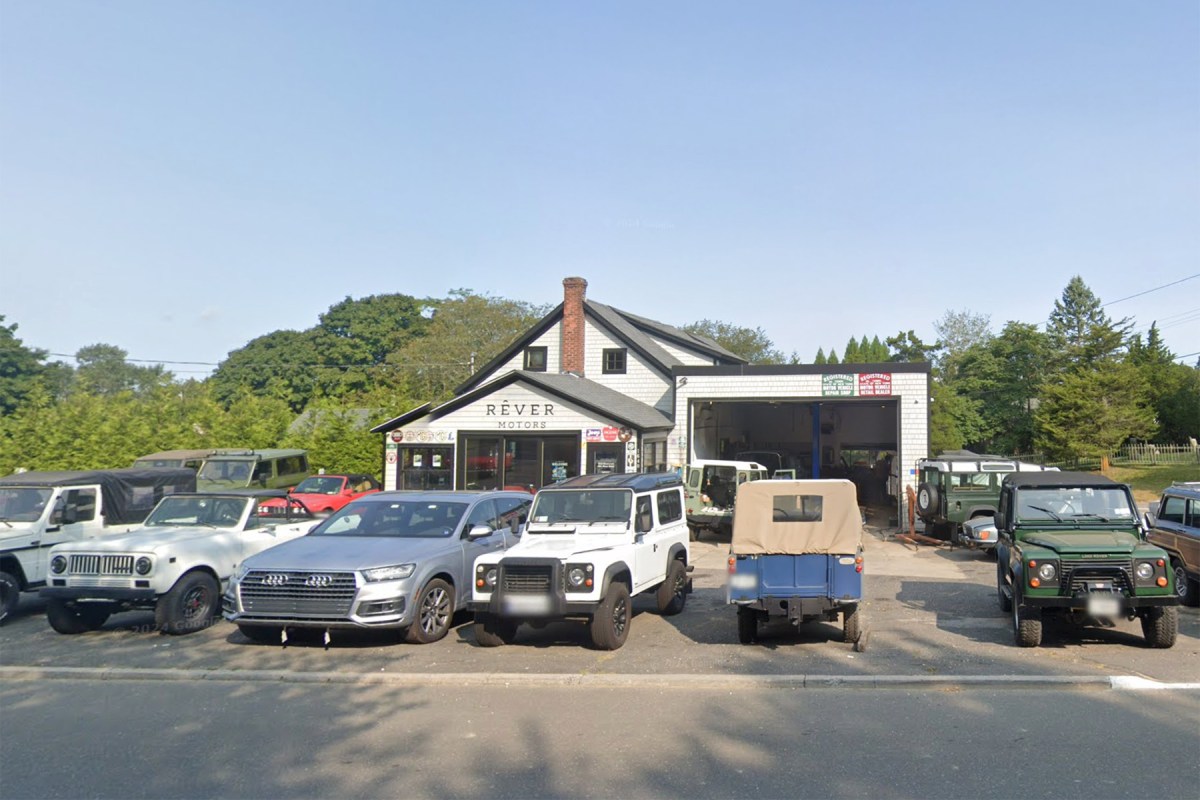A need for more space compels many a homeowner to consider home renovations each year.
While some homeowners decide to pull up stakes and move after realizing they need more room to maneuver at home, a real estate market marked by low inventory and high prices has made it more affordable for many property owners to stay put and convert existing spaces.
A garage conversion project is one way for homeowners to create more space in their current properties. Homeowners considering such renovations can benefit from a rundown of what a garage conversion entails and what to expect when the project is completed.
A new floor will likely be part of the project. Whether you’re converting the garage into a living space or simply hoping to make it look nicer as a workshop or artist’s studio, the existing floor will likely need to be replaced. Many garages feature concrete flooring, which cracks easily (homeowners considering a garage renovation may already see cracks in an existing floor). When converting a garage, renovation experts will undoubtedly advise replacing the existing floor, and some will recommend polyaspartic floor installation. Various garage conversion experts note that polyaspartic flooring is ideal for garage spaces because it’s durable, resistant to damage that can be caused by chemicals and offers much more aesthetic appeal than a concrete floor.
The room will need ventilation and heating and cooling. A garage used for traditional purposes (i.e., parking cars, storing lawn and garden tools, etc.) likely will not be connected to a home’s existing HVAC system and may not feature a window that can be opened or closed to allow for fresh air to enter the space. The space will need ventilation and heating and cooling capabilities if it’s being converted.
Location and climate bear consideration. Before going forward with a garage conversion, homeowners should consider where they live and the local climate. Homeowners living in urban areas where parking is at a premium may be doing themselves (and future owners) a disservice by converting a space where they can presently park a vehicle into something else. In addition, people living in locales where outdoor activities like surfing, kayaking and cycling are popular will have to determine where items necessary for such activities will be stored if they decide to convert their garages into living spaces. Of course, garage renovation teams can incorporate storage into a design, so homeowners should not hesitate to discuss their lifestyle with contractors to ensure the room accommodates their hobbies after the conversion is complete.
Zoning laws may or may not affect the project. Laws vary depending on where homeowners live, so it’s impossible to say with certainty if homeowners will or won’t run into zoning issues during a project. However, the design of the finished product may offer hints as to any permit-related hurdles homeowners may need to clear. For example, if the garage doors are staying and the space behind those doors is merely being converted with a new floor and other amenities that won’t change the look or function of the space, then homeowners may not encounter any permit issues. A need for permits and some restrictions may emerge if garage doors are being replaced by a new wall, so the exterior space seamlessly blends in with the rest of the home.
Investigate any potential restrictions prior to going forward. Garage conversions can be a great way to add functional space to a property without building on to an existing home.
-Metro Creative Connection




















